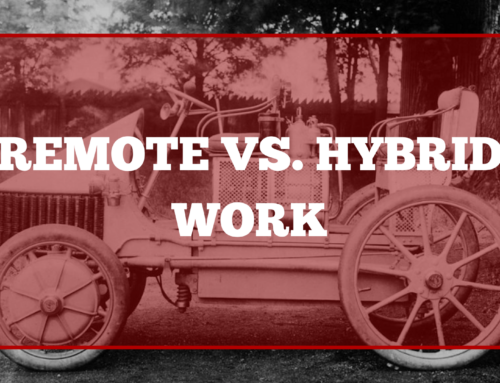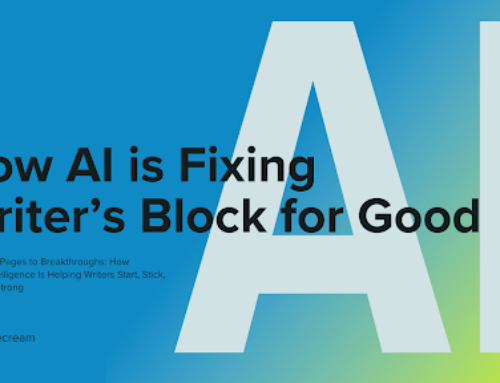
Among all the classic marketing models, the AIDA model, which tracks the client journey through Awareness, Interest, Desire, and Action, is possibly the most well-known. Many marketers find AIDA valuable because we use it on a regular basis while designing our marketing communications strategy, whether consciously or subconsciously.
What is the AIDA model, and how does it work?
The AIDA Model describes the cognitive phases that a person goes through while purchasing a product or service. It’s a purchasing funnel in which buyers move from one stage to the next in order to help them make the ultimate purchase.
Since social media has extended it to achieve the various aims of AIDA by information supplied by other consumers via social networks and communities, it is no more a relationship solely between the buyer and the enterprise.
Hierarchy of the AIDA Model
An AIDA model consists of the following steps:

- Attention: The first stage in marketing is to think about how to get people’s attention. The business’s product or service should be ‘eye-catching,’ which can be accomplished with the use of advertising materials.
For example, a viral YouTube video, a themed mailing, or a landing page graphic.
- Interest: Once a consumer is aware of a product or service, the company must try to pique the attention of potential customers. Along with this, the company should make certain that interest is maintained. Marketers must ensure that the customer’s attention does not wane with time.
Disney, for example, generates excitement for upcoming tours by announcing who will be performing on them.
- Desire: If the above-mentioned interest is maintained, the corporation should be able to stimulate customer desire for their goods. To put it another way, once a customer is interested in a product or service, the goal is to make them want it. Encourage them to change their thinking from “I like it” to “I want it.”
Disney celebrities, for example, speak to the target demographic about the tour. They brag about how fantastic the show will be. The audience will be more inclined to attend.
- Action: Marketing is carried out in order to improve sales. As a result, the primary purpose is to get clients to take action. Purchase of the product or service is the action. As soon as the desire to purchase is piqued, action must be taken. Ascertain that the buyer buys the product or services.
The AIDA strategy basically states that awareness leads to interest, which leads to desire, which leads to action.
The Relevancy of AIDA Model Today
It’s been more than a century since the AIDA model was initially proposed. As a result, it’s understandable to wonder whether the AIDA model is still relevant in today’s media landscape.
The AIDA model’s key advantage is its simplicity. The model’s simple design makes it timeless, and it may thus still be utilised today. For example, if marketers wish to improve their brand’s online presence, they might use the AIDA model as a checklist to find any flaws.

1. Does Interest always follow Attention?
Advertisements, according to the AIDA model, act as stimuli, causing clients to make a purchasing decision as a response. Many critics believe that considering the purchasing decision process as a stimulus–response model is outmoded. One of the main reasons for this is because, as the digital revolution progresses, the customer journey has gotten increasingly complex. Purchasing decisions are rarely so straightforward. The order in which advertising effects appear varies from time to time. For example, in the case of specific adverts, such as those displayed after entering a search query in Google and other search engines, “interest” does not always follow “attention,” but rather usually precedes it.
2. Does advertisement need attention in today’s time?
Advertising is being consumed in far larger quantities and commonly in the background. Even advertising that aren’t given your complete attention can have a favourable impact on your brand’s perception.
3. Customer relations improvement
The AIDA model focuses on client stages. It provides insight on the behaviour of customers. Marketers will gain a better understanding of their clients as a result of this. Marketers are capable of meeting their needs. This strengthens their customer relationship.
4. Customers satisfaction is left out of equation
The AIDA model concludes the purchasing decision process when the advertised product or service is purchased or used. Customers’ contentment, how they rank the brand, repeat purchases, and recommendations are all aspects that are left out of the calculation. Those qualities, however, are the most important for a company to develop strong customer bonds. They are an integral part of a larger model.

5. Recent market developments
Marketers can learn about their consumers’ demands using the AIDA model. Marketers can also learn about current trends. As a result, they are always current. This is a critical point. Marketers can alter their methods as a result of the updates. Customers are satisfied as a result of this. It also aids in the retention of customers.
6. No proof
There is currently no empirical proof for the AIDA model’s effectiveness. A brand’s procedure and strategies for working with clients can differ. As a result, it’s critical to concentrate first and foremost on the target group and design methods that are specifically adapted to them.
The AIDA model is a solid starting point, but there is no secret formula for perfect advertisements
The AIDA model provides a framework for explaining how advertising influences brand choice, although it is far from universal. If you’re looking for a means to grow your firm, it’s worth focusing on the target demographic instead. The better you know and understand your clients, the more likely you are to reach out to them using the exact strategy and channels that will have the most impact on your advertising. So, learn to know your target market, take it seriously, and demonstrate that you care about their needs!

